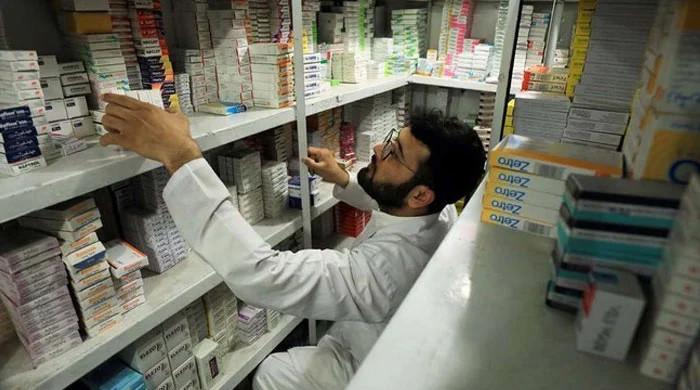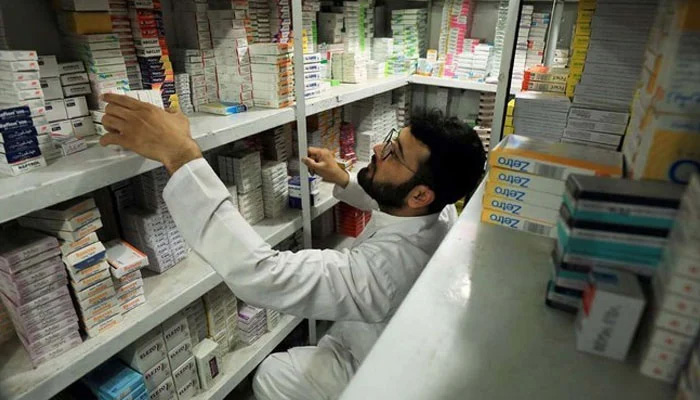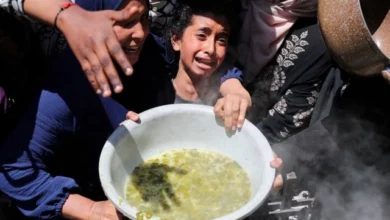Healthcare inflation bites as PBS records steep rise in medical costs


Healthcare is becoming more and more unaffordable for inflation-hit consumers, as the Pakistan Bureau of Statistics (PBS) reported on Saturday a steep rise in medical expenses in January.
The latest data released by the PBS showed that fees for medical tests spiked 5.36% in just one month, compounding an already steep 15.16% annual increase.
General practitioners as well as specialist clinics have also become 4.28% more costlier in January, while dental services saw a 2.22% monthly rise — a whopping 26.16% hike compared to the same period of the past year.
Hospital charges weren’t spared either, with costs jumping by 0.36% in January alone and by 13.09% year-on-year. Meanwhile, medicine prices continued their ascent, rising 0.52% last month and surging 17.48% over the past year.
Overall, healthcare expenditures climbed 1.27% in January, mounting pressures on already burdened households struggling to afford basic as well as essential medical care.
Analysts say that with inflation showing no signs of slowing down, this shocking rise in healthcare costs is taking a huge toll on the physical as well as mental well-being of the financially compromised public.
In Pakistan, people at large — especially children and the elderly — often succumb to complications of treatable diseases due to poverty-driven inaccessibility to basic healthcare.
The inflation rate fell to its lowest in more than nine years, dropping to 2.4% year-on-year in January, the statistics bureau said on Monday. Inflation has cooled significantly, easing from 28.3% in January 2024.
Consumer prices in January rose 0.2% from the month before, according to the Pakistan Bureau of Statistics.
The South Asian country, currently bolstered by a $7 billion facility from the International Monetary Fund (IMF) granted in September, is navigating an economic recovery.
The IMF is set to review Pakistan’s progress by March, with the government and central bank expressing confidence about meeting its targets.
The headline inflation rate fell to 4.1% in December, its lowest in more than six years, helped by favourable base effects. That was below the government’s forecast and down from a multi-decade high of around 40% in May 2023.
However, the ground reality remains utterly different, as consumers continue to deal with the ever-increasing cost of living, with these statistics failing to translate into any real relief in the prices of daily essentials.
According to economists, inflation is lower on paper because of the statistical base effect, which is also supported by currency stability and lower food and energy prices.
Additional input from Reuters



